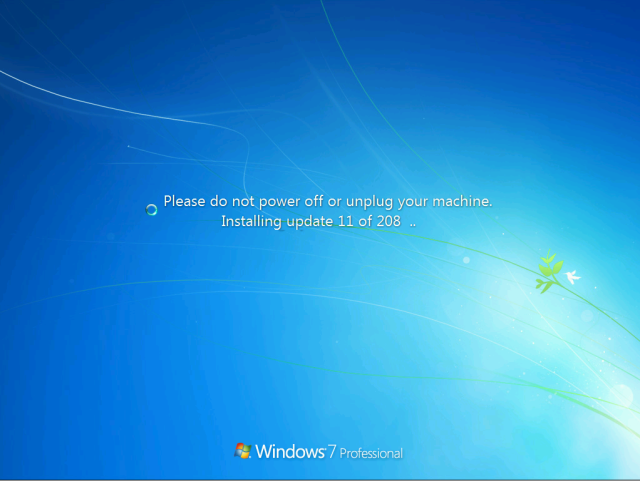
Microsoft's Windows Insider program suffered an awkward setback last night as the company released two different builds—one for desktop users, another for mobile—without apparently meaning to.
In both cases, systems configured to use the fast ring could find themselves downloading and installing Windows releases that weren't supposed to ship to the general public. For desktop users, the problem is merely an annoyance; the build, taken from a development branch named "RS_EDGE_CASE," appears to work, broadly speaking, but "may include issues that impact usability of your PC." Such issues aren't entirely uncommon on the fast ring, though this time Microsoft warns that such problems may be more numerous than usual. Anyone who installed the build can either roll back to the previous release or wait until Microsoft publishes a new fast ring build. That will happen next week at the earliest, as the company has said it won't be publishing any new builds this week.
The mobile situation is a little more grave. Again, a build was released from a different development branch—this one named "RS_IoT," denoting that it's not even a mobile build at all but rather an Internet-of-Things variant. Unlike the errant desktop build, this build isn't usable; phones that install it will get stuck in a boot loop, and the only way to restore them is to use the Windows Device Recovery Tool. This will wipe the entire phone and flash it with a working firmware.
Frustratingly, if a phone has downloaded but not yet installed the bad release, Microsoft says that it will still have to be reset, clearing all its settings and personal data. There is apparently no (official) way to merely wipe out the downloaded files and forget about them.
Microsoft consistently warns that the Insider Program is not intended for use on primary, daily-driver machines. Insider builds can break things that should otherwise work, and while yesterday's releases are more broken than usual—especially for Mobile—the Insider Program always comes with the risk that things will stop working. Nonetheless, this is an embarrassing setback that may give many insiders, especially on Mobile, pause for thought. Microsoft wants—and needs—Insider devices to be as regularly used and diverse as possible to generate the widest range of feedback. Insider builds need to be trusted to at least be functional, even if they're not perfect. These bad releases break that trust, driving home the message that the Insider program is not a good fit for any machine that you actually depend on.
The company has also said nothing about how these bad builds were rolled out in the first place, nor what is happening to prevent future recurrences of the same problem.
Listing image by Microsoft
reader comments
85